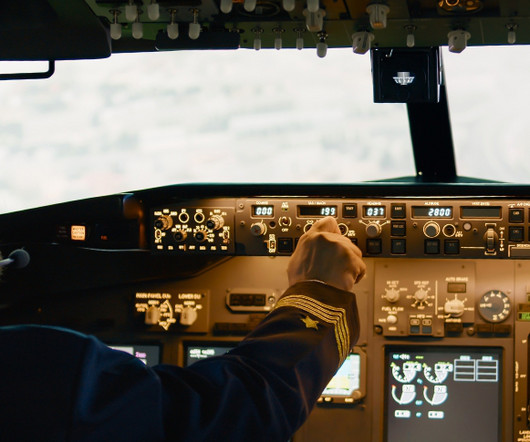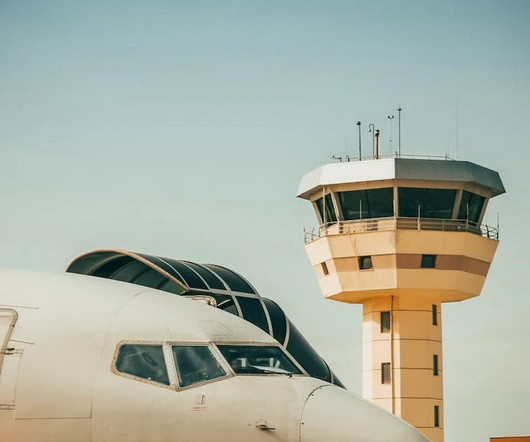Is Flying in a Plane Safer Than Driving?
Pilot's Life Blog
JANUARY 12, 2025
This focus on excellence ensures our pilots contribute to aviations unparalleled safety record. Advanced Technology and Maintenance Modern aviation technology plays a pivotal role in making flying safer than driving. These technologies help pilots navigate challenging conditions and prevent accidents.











Let's personalize your content